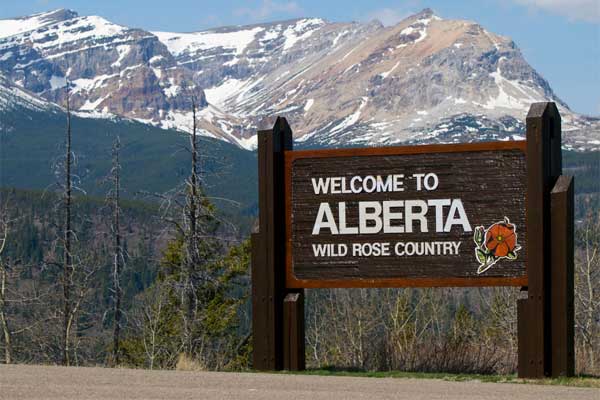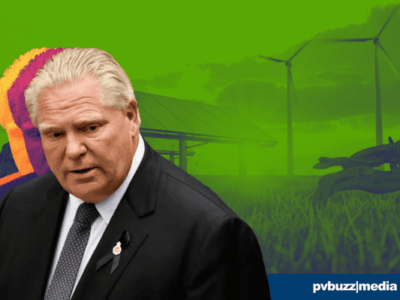The Canadian federal government is dedicating $160 million to the development of solar power infrastructure in Alberta.
As a part of the government’s ongoing efforts to transition towards clean energy, the announcement was made by Federal Natural Resources Minister, Jonathan Wilkinson, in Drumheller on Tuesday.
The funds will be invested in nine diverse projects, with an aim to collectively generate a total of 163 megawatts of solar power and 48 MW of battery storage capacity. Among the projects to be funded are a $12.8 million, 4.9-MW solar installation in Métis Nation Region 3, a 65-MW solar energy generation project in Vulcan County, worth $12 million, and a $5.5 million bi-facial solar plant in Cardston County, anticipated to produce 29.5 MW of power.
Collectively, these projects are projected to reduce greenhouse gas emissions by an estimated 200,000 tonnes of carbon dioxide equivalent annually. This reduction is likened to taking approximately 61,000 gas-powered cars off the roads every year.
Natural Resources Canada noted the crucial role Alberta’s rich solar power potential, skilled workers, and the strategic planning of Indigenous and community partners have played in the growth of clean energy development in the region.
However, the announcement comes amidst ongoing debates between Alberta’s United Conservative government and the federal Liberals over the timeline to achieve a net-zero energy grid. The federal government is determined to achieve a net-zero electricity grid by 2035, a goal which Alberta Premier, Danielle Smith, argues is unachievable for Alberta by the stated deadline. Her government is instead targeting a 2050 net-zero milestone.
Despite these differences, Wilkinson assured that the federal government is open to understanding Alberta’s unique concerns, as demonstrated by the recent agreement to form a joint working group to deliberate on the topic. He reiterated the federal stance that the 2035 goal is achievable, but the concerns of Alberta, and similarly Saskatchewan, need to be heard and addressed.
In a separate agreement, the federal and Alberta provincial governments have joined forces to fund high-speed broadband internet access to southern Alberta communities.
This $96 million investment will provide high-speed internet access to over 10,000 homes in 46 rural and remote areas, benefiting around 2,300 Indigenous households. Both governments have set their own targets: Alberta aims to provide high-speed internet to all communities by the end of the 2026–27 fiscal year, and the federal government targets the same nationwide by 2030.
However, this announcement met criticism from the Alberta NDP Opposition.
They claimed that this is the 10th such announcement since the United Conservative Party took office in 2019 and demanded concrete action to bring broadband to rural Alberta.












Comments